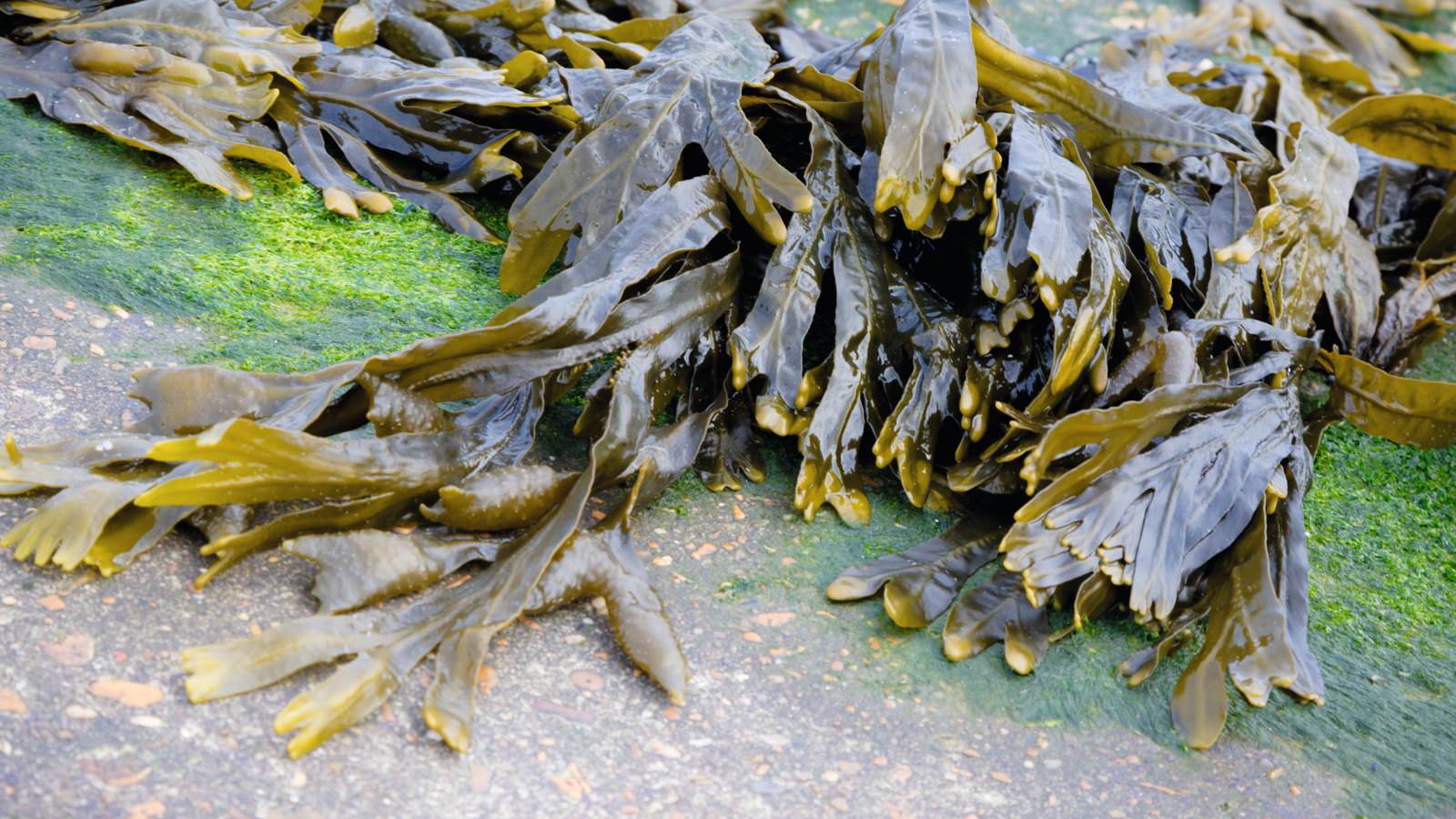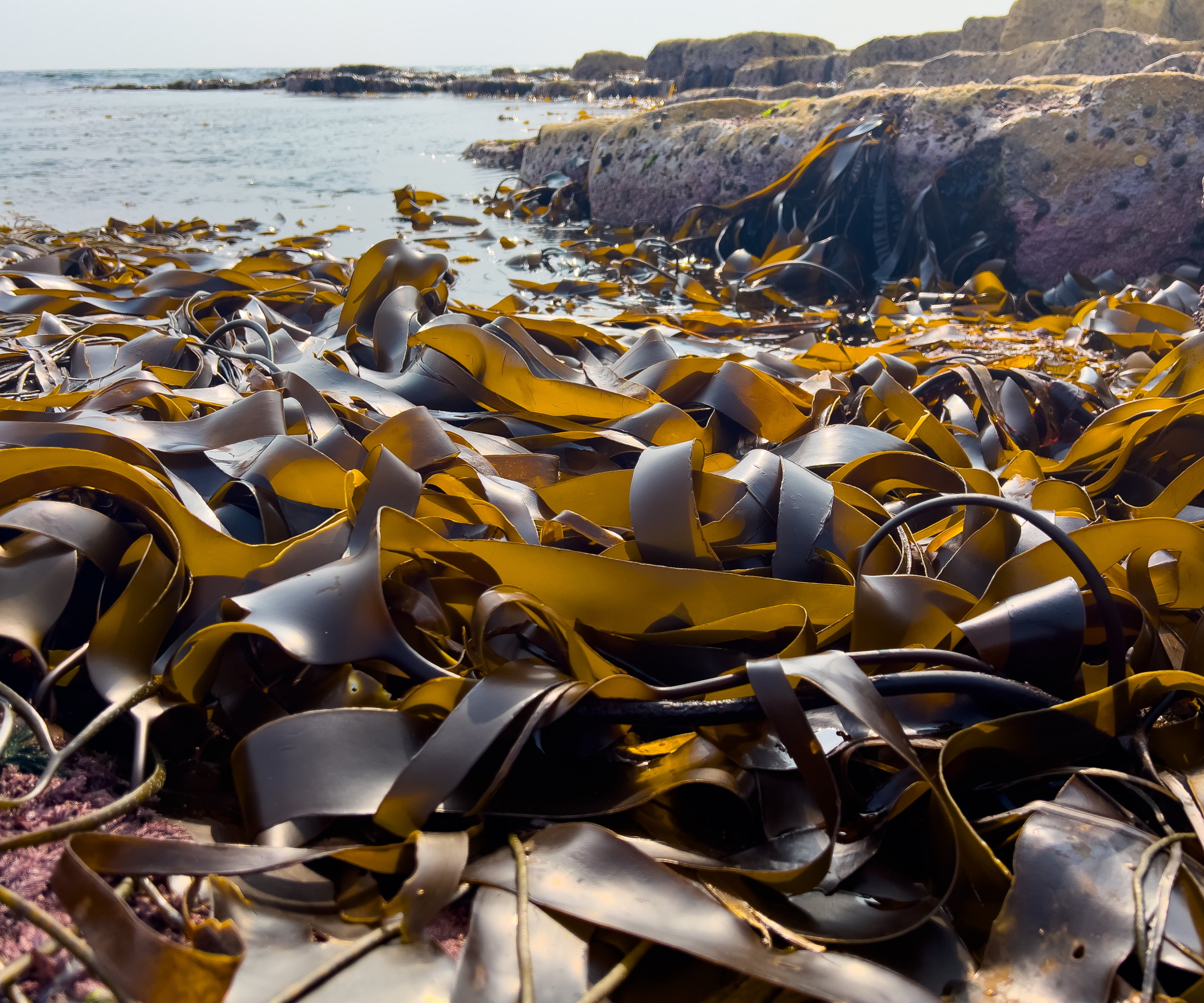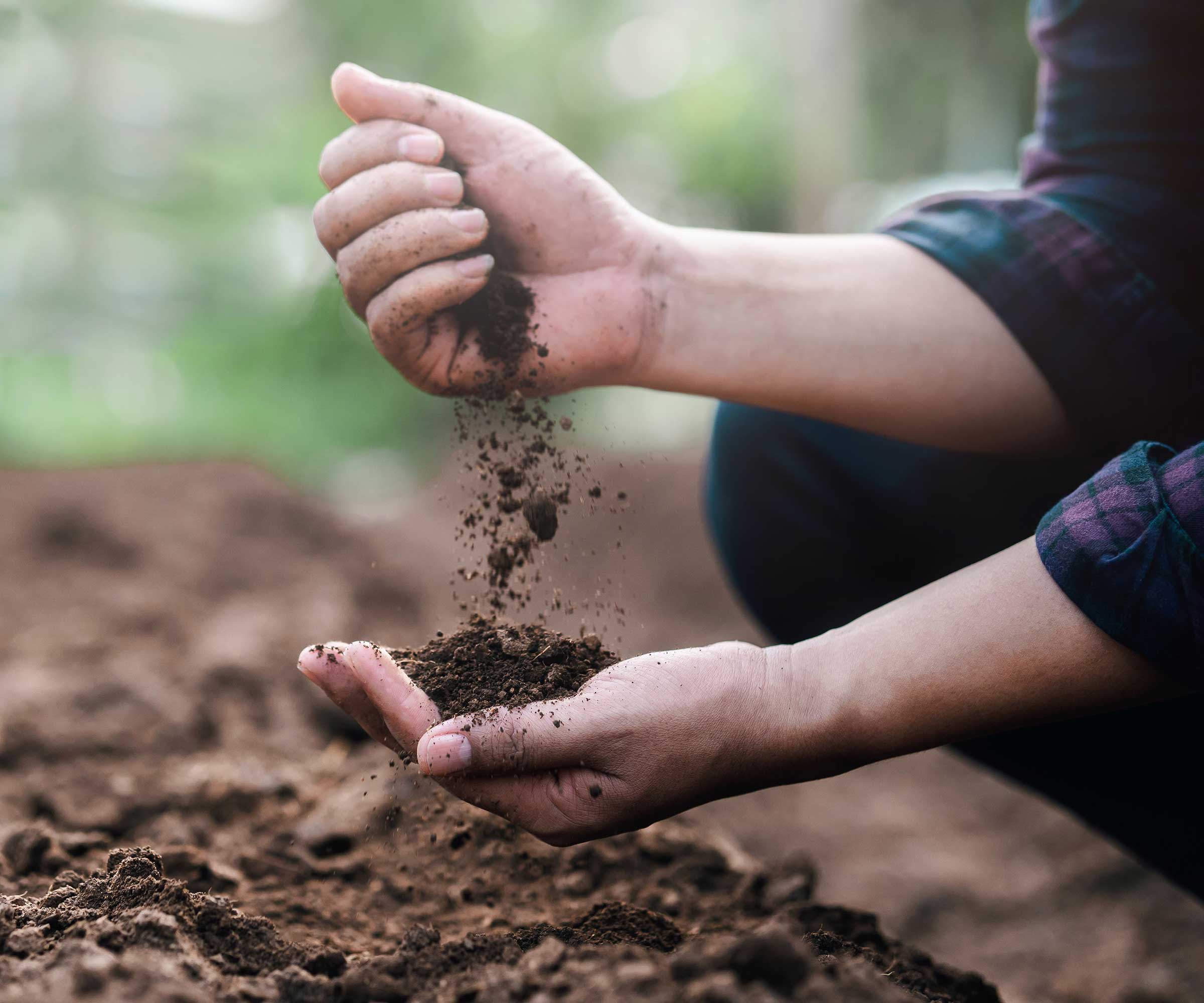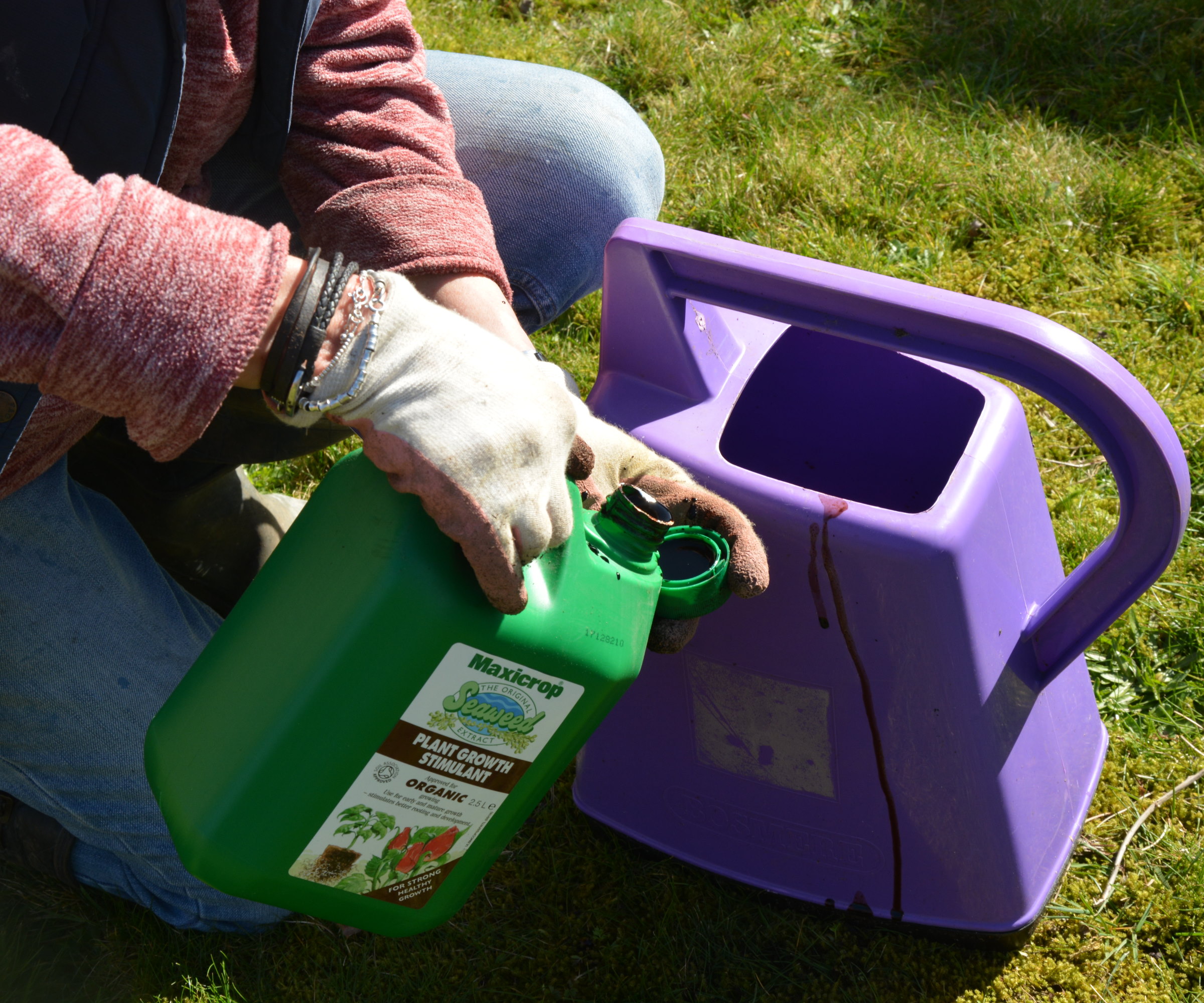
Gardeners have harnessed the powers of seaweed for centuries. This natural wonder offers a wealth of beneficial properties that can mean happy plants and healthy soil if you use it in your garden.
Seaweed can be used in several ways in a garden. It can be added to soil, used as mulch, added to compost piles, or applied directly to plants as seaweed extract fertilizer. But what is it about seaweed that makes it so beneficial?
There are several key benefits to unlock by using seaweed in the garden, including stronger, healthier plants, improved soil structure and health, and more flowers, fruit, or vegetables. If you are looking to discover the best fertilizer for flowers or vegetables, seaweed is a great natural choice.

Why you should use seaweed in the garden
We look at four key reasons to use seaweed in the garden and get expert insights from a horticultural professional who thoroughly believes all gardeners should harness the natural power of seaweed.
Along with why to use seaweed in the garden, we reveal which plants in your backyard will benefit the most.
1. Plants have increased vigour
Every gardener strives for a yard filled with healthy, thriving plants. If you use seaweed in the garden, you benefit from the fact that seaweed is rich in compounds that benefit the healthy growth of plants throughout their lifetime.
A recent review in the August 2024 volume of the Scientia Horticulturae journal claims the use of seaweed extracts ‘can significantly enhance seed germination, root development and overall plant vigour’.
The compounds contained in seaweed stimulate essential processes within plants that regulate their process and encourage healthy growth. Angharad James, product manager at Maxicrop, highlights two natural hormones within seaweed, cytokinins and auxins, that play a beneficial role in helping plants both above and below the ground.
‘Cytokinins delay cell ageing, which helps plants maintain their green, photosynthesizing leaves for longer,’ explains Angharad. ‘Auxins promote root growth, ensuring better anchorage and nutrient uptake.’
‘These natural hormones provide a sustainable way to stimulate healthy and vigorous plant development.’
2. Improved soil health

Soil health is at the core of a good garden and crucial to having thriving flower beds or vegetable gardens.
Seaweed from the coastlines has been used as a soil improver for hundreds of years, often dug into the soil or laid on the surface as a mulching material. Nowadays, even if you do not live near the coast you can harness the advantages on offer by picking from a wide range of seaweed extract fertilizers.
Seaweed promotes beneficial microbial activity in the soil as carbohydrates and polysaccharides contained within it act as a food source for microorganisms in the soil.
‘These microbes, including bacteria and fungi, are the engine of healthy soil ecosystems and help break down organic matter, release locked-up nutrients, and improve soil structure, creating an ideal growing environment,’ explains Angharad James.
Promoting beneficial microorganisms means more fertile soil and nutrients available to plants, while improving the soil structure means better moisture retention and aeration.
The use of seaweed can also boost nutrients in soil types with deficiencies. Seaweed contains lots of nutrients and minerals, including some not usually part of regular fertilizers you commonly see on store shelves - such as iron, zinc, and iodine.
To sum up, the use of seaweed in the garden is actively helping to improve garden soil and create an ideal environment for plants to thrive.
3. More flowers or fruit
Seaweed is naturally rich in copper, magnesium iron, manganese, and zinc. While not garnering as much attention as the big three of nitrogen, phosphorous, and potassium (NPK) these trace elements make big impacts on plant health and development despite being needed in smaller quantities.
That does not mean that seaweed, or any seaweed products, do not have a good level of NPK - which is shown on store-bought products as plant fertilizer numbers indicated as a ratio on the packaging.
Seaweed is naturally lower in nitrogen and phosphorus, but higher in potassium. It tends to have around two per cent nitrogen, 1-2 per cent phosphorus, and up to eight per cent potassium - though the NPK levels of seaweed products will vary depending on their makeup.
Many seaweed extract products have added NPK, so always refer to the label to see the full nutrient makeup.
The high levels of potassium help with flowers and fruiting during the growing season, benefitting the development of buds and more blooms together with the forming and ripening of fruits for lots of tasty homegrown harvests.
4. Stronger plants
When you use seaweed in the garden, plants will be stronger and more able to withstand any environmental stresses they may face.
When faced with heat, drought, or frost, seaweed contains compounds such as betaines and antioxidants to help plants fare with these stresses.
‘Betaines act as osmoprotectants, which are small, organic molecules that help organisms maintain cellular hydration under water stress,’ explains Angharad James. ‘Meanwhile, antioxidants combat oxidative damage caused by environmental extremes, keeping plants healthier for longer.’
Strong and healthy plants are also going to be more resistant to pests and diseases.
What plants are seaweed best for?

Seaweed is a fantastic all-rounder and most plants can benefit from it. Whether you gather seaweed to add to the soil, use it as a mulching material, make compost with it, or feed plants with seaweed extract, a great range of plants will profit from the seaweed.
So let’s start with my own experience. I used seaweed extract fertilizers on fruiting crops while working as a professional kitchen gardener.
I used it when growing tomatoes, chili peppers, and cucumbers and always had thriving plants and bumper harvests. As well as fruiting crops, seaweed also benefits root vegetables, such as carrots, as auxins promote root growth and root crops thrive in the improved soil structure.
Seaweed is also recommended for several fruit crops, including growing strawberries and blueberries. Plus fruit tree expert Fern Berg hails seaweed as a good feed ‘if your fruit tree shows signs of nutrient deficiencies, stress or reduced vigor.’
Using seaweed also benefits some of our most popular flowering shrubs, including roses and hydrangeas. It helps flowering plants have strong stems and lots of vibrant, beautiful blooms.
Furthermore, Harriet Worsley of Worsley Design & Consultancy, claims a liquid seaweed fertilizer is ‘the best fertilizer for flowers in borders’ as it gives flowering plants ‘a big boost’ during the growing season.
A balanced all-purpose seaweed extract-based fertiliser for all flowers, shrubs, fruit and trees. It can be used as a root drench or foliar spray throughout the growing season to aid healthy growth.
FAQs
What plants don't like seaweed fertilizer?
Plants that don’t like seaweed fertilizer tend to be those that thrive in low-nutrient soils. For example, drought-tolerant herbs such as lavender, rosemary, and other Mediterranean herbs do not benefit from the nutrients provided by seaweed and prefer leaner, well-drained soils.
Other plants unsuitable for seaweed fertilizer include cacti, succulents, and desert plants.
Can you use too much seaweed fertilizer?
You can over-fertilize plants using seaweed feeds. They will harm plants if added in large amounts and it would be a fertilizing mistake not to stick to the recommended rates of any product.
The signs of an over-fed plant will include leaves turning yellow or brown, curling leaves, and stunted plants.
Seaweed is a fantastic natural plant fertilizer and if you are looking for more environmentally-conscious ways to feed plants you can make your own plant fertilizer. You can make plant fertilizer from comfrey, leaves, grass clippings, or even weeds if you have the time and inclination.
The most common natural way to fertilize plants is to make homemade compost to recycle garden waste, kitchen scraps, and more into rich organic matter ideal for developing the soil and feeding plants.







